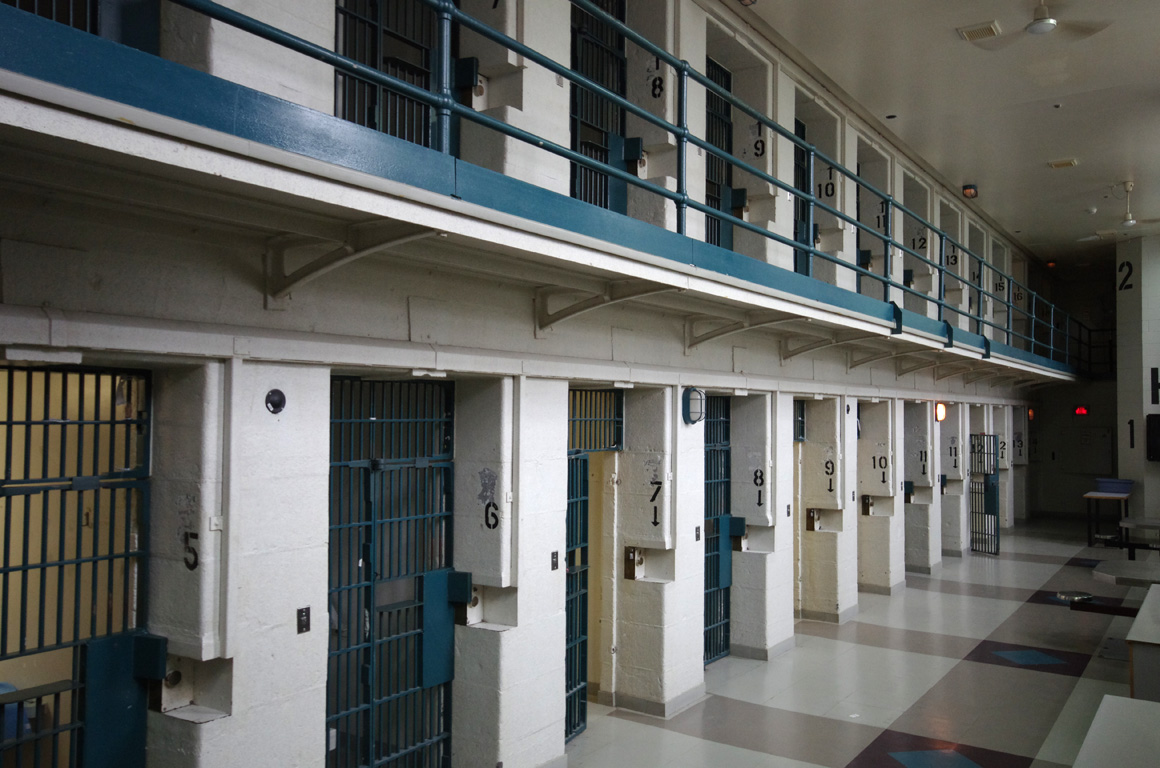Prisons do not work, prisoners do. That was the message of an August 8 webinar hosted by the Halifax Workers’ Action Centre and the East Coast Prison Justice Society ahead of Prisoners’ Justice Day.
The labour done by prisoners is routinely undervalued and incarcerated workers are made more vulnerable by unequal protections. In federal prisons, work programs are voluntary but those who choose to work face difficult conditions.
Provincial prisons, which house people serving a sentence of two years or less and those in remand, sometimes have mandatory work programs. In Nova Scotia, the Correctional Services Act says that all offenders must participate in a program unless exempt by a health-services professional. In Prince Edward Island, Alberta and the Northwest Territories, prisoners must engage in programs if directed to do so by those in charge at their institution.
“Incarcerated workers are captive and coerced workers, they live and work in the same facility,” said Hans Loewig, who does prison advocacy work with the East Coast Prison Justice Society. “As we will see, [prison condition] problems are intimately tied to prison labour.”
Loewig said one of the issues he has most commonly heard from incarcerated people relates to the overuse of lockdowns. During these lockdowns, prisoners are confined to their cells for long periods of time, sometimes for more than 20 hours a day.
If prisoners want to mobilize a well-organized strike, the obstacles can be numerous. The isolation caused by lockdowns not only harms prisoner mental health but also affects prisoners’ ability to organize and create a collective voice for their rights, according to Loewig.
The ability to unionize and organize is crucial to incarcerated workers. After cuts to incarcerated workers’ wages in 2013, workers detained in federal prisons make a maximum of $6.90 per day.
READ MORE: Canada’s prison system continues to punish Black and Indigenous people
“Provincial prison pay, on the other hand, is not centrally regulated, so it can range from no pay at all to modest incentives, though generally not exceeding federal levels,” said Agha Saadaf from the Halifax Workers’ Action Centre.
As a result, incarcerated workers are not able to accumulate sufficient funds to establish themselves upon release.
Beyond wage issues, incarcerated workers also face significant health and safety issues. Living conditions are abysmal. Loewig said he has heard reports from prisoners that many facilities have asbestos and strange black liquid dripping their ceilings.
Many incarcerated workers perform duties that have to do with the maintenance of facilities, Saadaf added. This means workers who make around $6 per day are being exposed to the hazardous materials that Loewig has received reports about.
Incarcerated workers denied employee status
The pressure to continue work under unsafe conditions is high, according to Asaf Rashid, a lawyer and co-author of Solidarity Beyond Bars: Unionizing Prison Labour. Rashid said that losing a job or performing poorly can sometimes lead to longer incarceration.
Rashid said that one of the big reasons prisoners are vulnerable to exploitation is that they are not classified as employees. Often the employee classification is withheld from prisoners because work programs are seen as rehabilitative programs that serve prisoners and not employers.
Rashid pointed to a quote from a federal judge in 2018 who said the work itself is beneficial to prisoners. Payment is meant to encourage participation and does not need to match wages for work done.
“This is what I call the assumption of prisoners. The assumption that everything is being done for their benefit,” Rashid said. “There needs to be a very clear, unequivocal identification of prisoners as employees. Despite any rehabilitative aspect to the work they do, they can still be employees, the two things are not mutually exclusive.”
Union and non-union solutions
Rashid’s co-author, Professor Jordan House from Brock University’s Labour Studies program, said that there have been many union and non-union solutions proposed. A common instinct is for people to call for the abolition of prison labour.
“I think this is a problem for all sorts of reasons. Partially because prisoners do want work,” House said. “There’s been a long struggle against idleness by prisoners throughout the history of the penitentiary… Also, this institutional maintenance that we’ve talked about is absolutely essential to the functioning of most prisons.”
House said an interesting non-union solution has been the creation of prison co-ops. These co-ops are businesses that are run by the incarcerated labourers. This system provides more autonomy to prisoners.
“However, in the most successful examples, they also tend to face a problem of as they grow, they require more support from non incarcerated people,” House explained. “The control over the business tends to shift to non prisoners.”
House said that this leaves prison unionism as one of the more attractive solutions to prisoner labour exploitation.
“[Prison unionism] is premised on the idea that given how central prison labor is to carceral systems, prisoners can organize to leverage that economic power, especially through the strike,” House said. “There is also leveraging strategically, the existing legal rights that workers have fought for and won in our society.”
Organizers of prison unions, however, are up against some pretty powerful union busting tactics. Often, when prison unionizing gains steam within a facility, key organizers are transferred out, according to Rashid.
“Prison unionism can only happen with public support and solidarity by the rest of the labour movement,” Rashid said.
Supporters of prison unionism on the outside may need to struggle against the opacity surrounding prison systems. However, Rashid and House assert that this is a worthwhile struggle.
“If you are a union member, something that people can do is start talking about this to your co-workers and to people in your union,” House said. “The question will be called on whether or not labour is going to step up and support this kind of campaign.”



